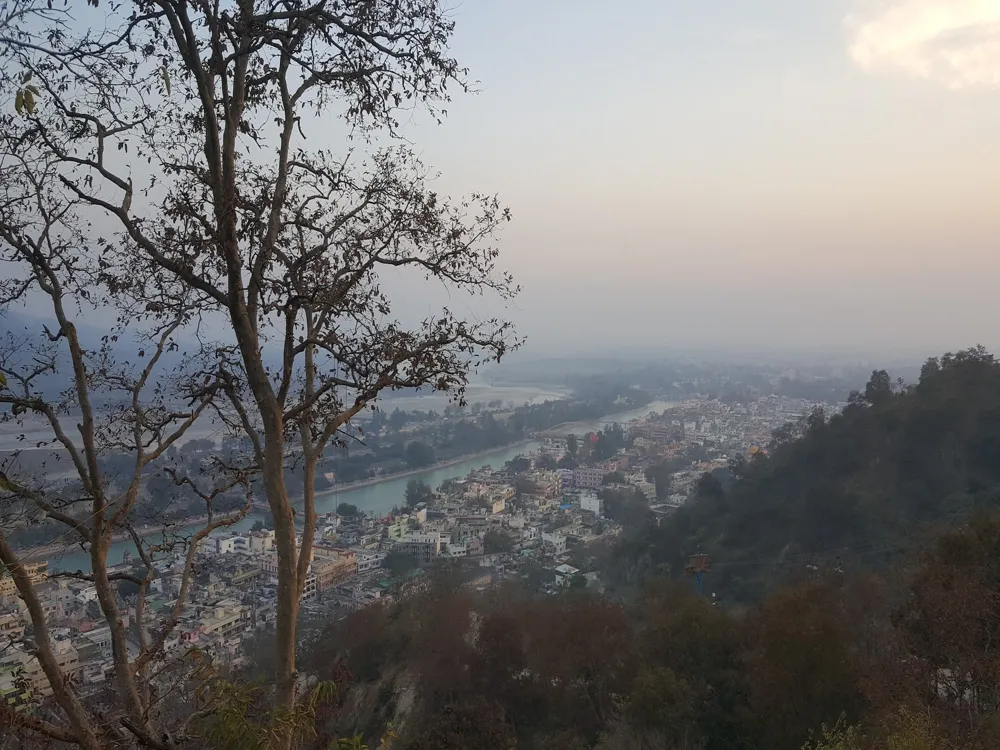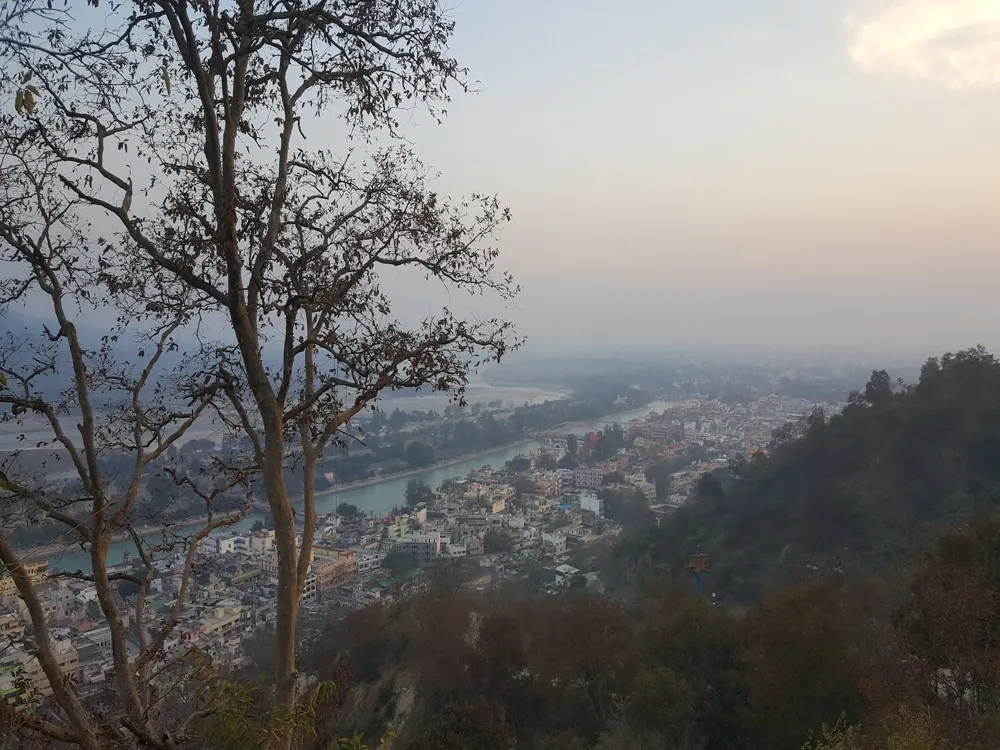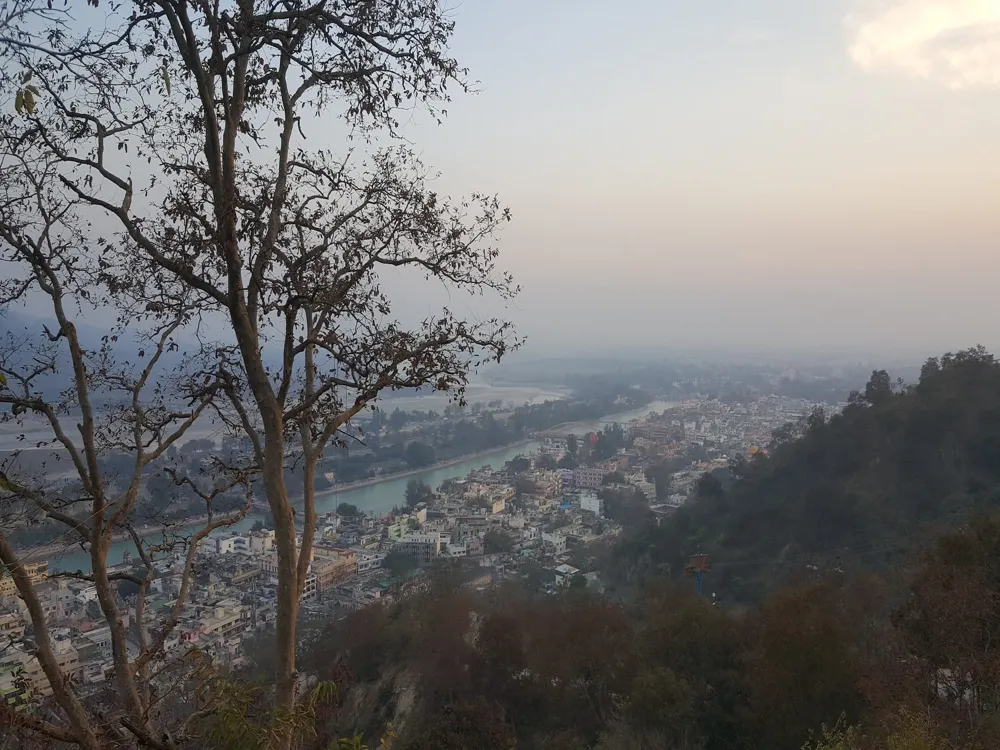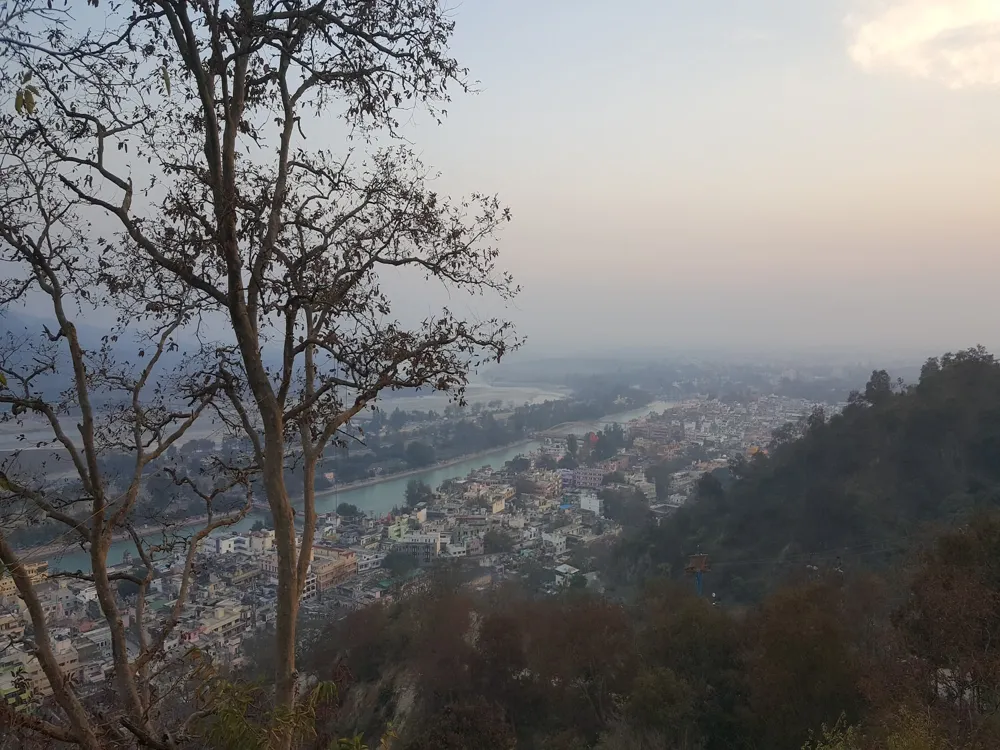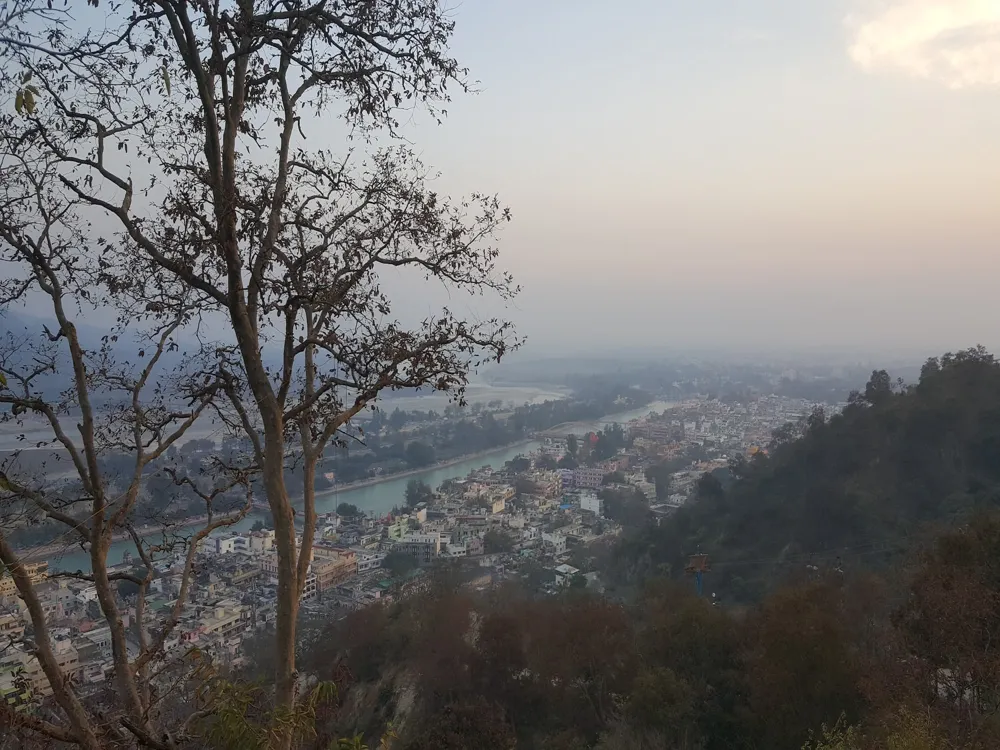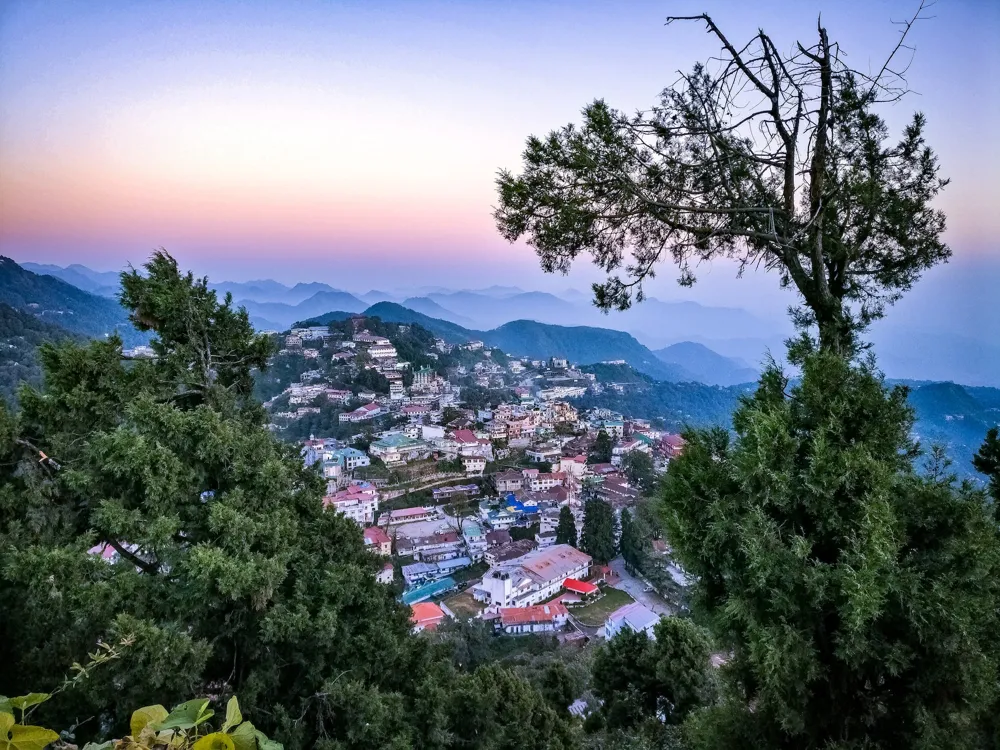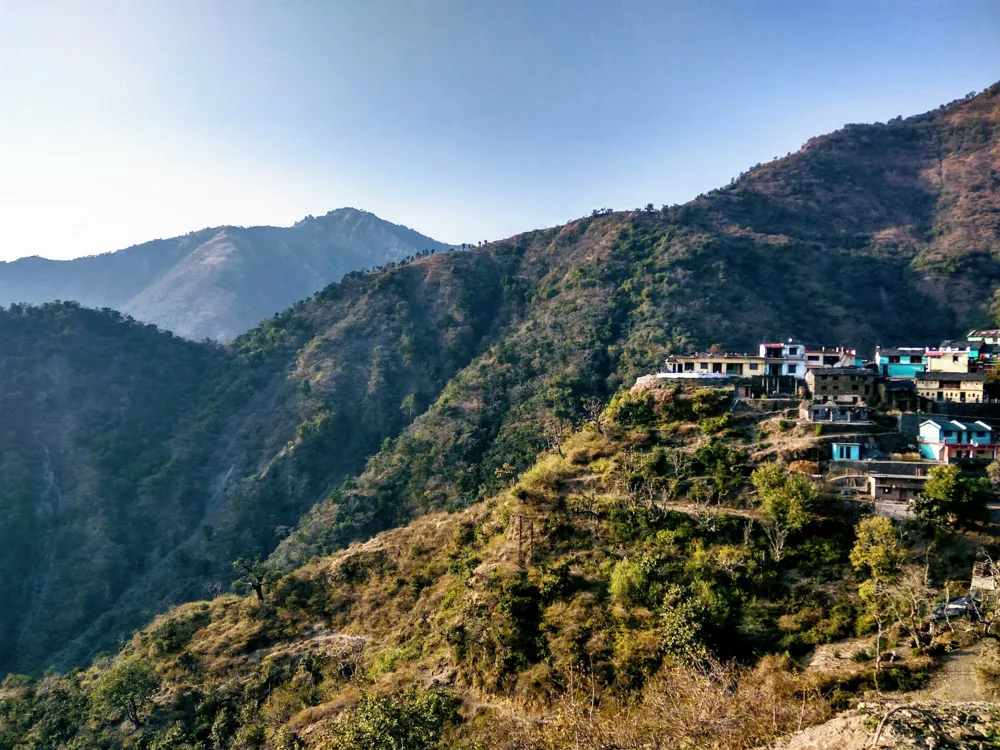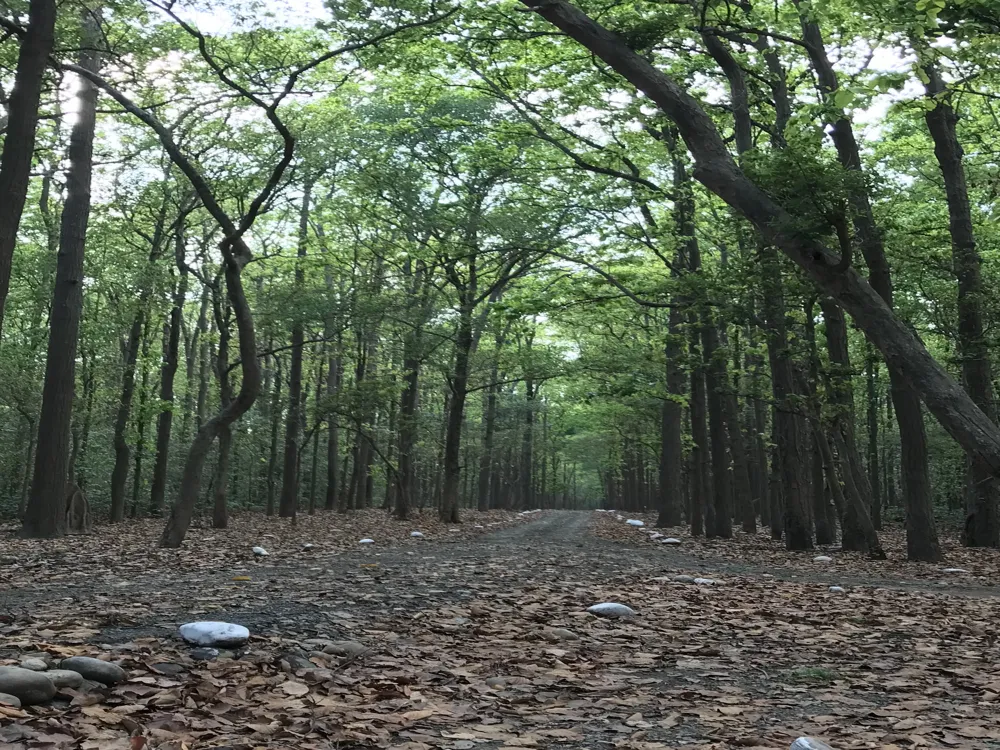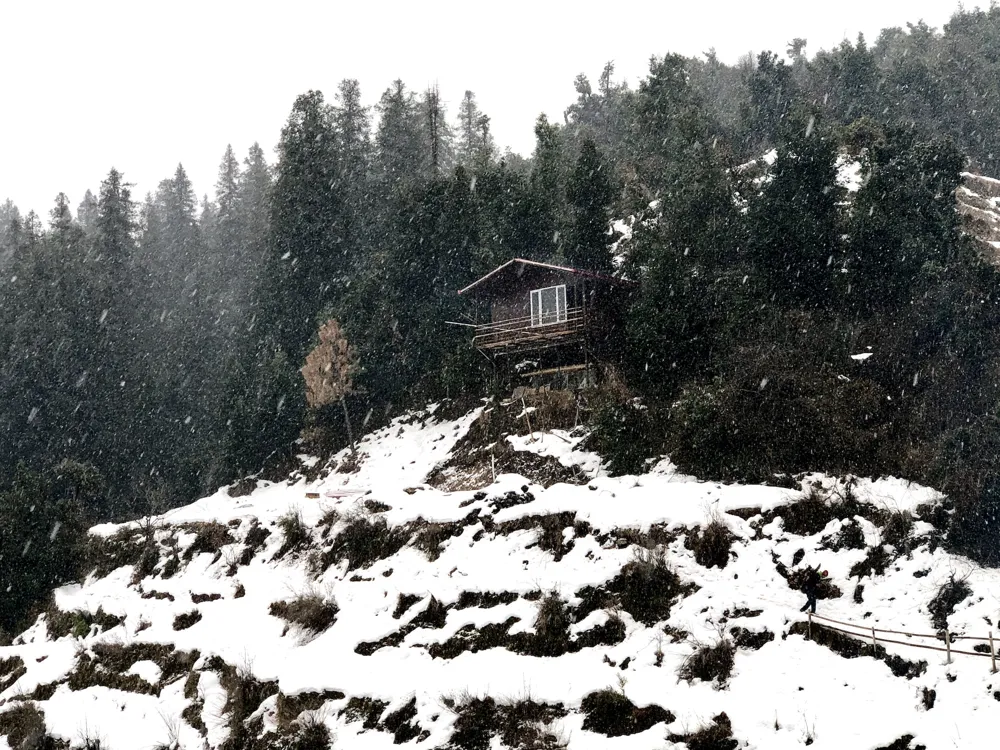Haridwar, an ancient city in the state of Uttarakhand, India, is a place of spiritual significance and natural beauty. Nestled at the foothills of the Himalayas, Haridwar marks the spot where the holy river Ganges enters the plains. This vibrant city is a blend of ancient culture and modernity, attracting millions of visitors and pilgrims every year. Haridwar's name, meaning 'Gateway to God', reflects its role as a starting point for pilgrimages to the sacred Char Dham destinations of Badrinath, Kedarnath, Gangotri, and Yamunotri.
The spiritual heart of Haridwar is Har Ki Pauri, a sacred ghat where evening Ganga Aarti is performed, creating a mesmerizing atmosphere with lit lamps and devotional music. This city is also home to various temples and ashrams, each with its unique history and religious significance. Haridwar's religious festivals, particularly the Kumbh Mela, held every twelve years, is a spectacular event, drawing millions of devotees and visitors from around the world.
Beyond its spiritual allure, Haridwar is surrounded by scenic beauty. The majestic Himalayas serve as a backdrop, while the serene Ganges flows through the city, offering a sense of peace and tranquility. The Rajaji National Park, a nearby wildlife sanctuary, provides a habitat for several species of flora and fauna, making Haridwar a destination that combines spirituality with nature's splendor.
Haridwar's local cuisine, handicrafts, and cultural practices add to its charm. The bustling markets, such as Bara Bazar, Moti Bazar, and Jwalapur, are great places to explore and buy religious artifacts, spices, and traditional items. The city's food, especially street food, offers a taste of local flavors and culinary traditions.
Despite its ancient roots, Haridwar has adapted to the needs of modern travelers, with facilities ranging from budget lodgings to luxury resorts, and well-connected transportation options. The city's blend of spiritual ambiance, cultural richness, and natural beauty makes it a unique and unforgettable destination.
Haridwar's architecture is a testament to its rich cultural and religious heritage. The city's design and structures reflect a harmonious blend of ancient and modern influences, creating an atmosphere that is both spiritual and visually captivating.
The architectural landscape of Haridwar is dominated by temples, ashrams, and ghats (riverfront steps). Temples like Mansa Devi, Chandi Devi, and Daksha Mahadev Temple showcase intricate carvings, ornate statues, and traditional design elements that echo the city's spiritual significance. These temples are often perched atop hills, offering panoramic views of the city and the Ganges.
Har Ki Pauri, the most famous ghat in Haridwar, is an architectural marvel in itself. The large steps leading to the Ganges are designed to accommodate thousands of pilgrims during religious ceremonies. The evening Ganga Aarti at Har Ki Pauri is a visual spectacle, with numerous lamps and offerings creating a surreal atmosphere.
Ashrams in Haridwar, like the Shantikunj and Patanjali Yogpeeth, blend traditional architectural elements with modern facilities. These ashrams serve as centers for spiritual learning, yoga, and meditation, and their design often reflects the principles of tranquility and harmony.
The city's bazaars and old quarters are characterized by narrow lanes lined with shops and old buildings, some dating back centuries. These areas provide a glimpse into Haridwar's historical and architectural evolution. The juxtaposition of old havelis (mansions) with contemporary buildings illustrates the city's transition over time.
Haridwar's architectural landscape is not just limited to religious and historical structures. The city's bridges, like the Jhula Bridge and the Ganga Canal, represent engineering feats that blend functionality with aesthetic appeal.
The integration of nature into Haridwar's architecture is also noteworthy. Gardens, courtyards, and water bodies within temple complexes and ashrams create a serene and contemplative environment. This harmonious blend of architecture and nature adds to the spiritual ambiance of Haridwar, making it a unique destination that offers both architectural marvels and spiritual solace.
When visiting Haridwar, it's important to dress modestly, especially in temples and during religious ceremonies. Conservative attire is recommended, covering shoulders and knees. This respect for local customs enhances the spiritual experience and shows respect for the local culture.
Haridwar is a sacred city with many religious practices and rituals. Participating in or observing these practices respectfully is essential. During the Ganga Aarti and other ceremonies, maintaining decorum and not disturbing other devotees is important.
The climate in Haridwar can be hot and humid, especially during summer. Staying hydrated is crucial. Drink bottled or filtered water and eat at reputable establishments to avoid health issues. Carrying a water bottle and using sun protection are good practices.
Monkeys are common in Haridwar, especially around temples. They can be playful but also mischievous. It's advisable to keep food and valuables secure and avoid interacting with them to prevent any unwelcome encounters.
Haridwar is well-connected by road, rail, and air. Planning your travel in advance, especially during peak seasons and festivals, is advisable. Booking accommodations and understanding local transportation options beforehand can make the journey smoother and more enjoyable.
Reaching Haridwar is convenient due to its well-connected transportation network. The city is accessible by road, rail, and air, catering to travelers from various parts of India and abroad.
By Road: Haridwar is connected to major cities through the National Highway network. Regular bus services, including luxury and state-run buses, are available from Delhi, Dehradun, and other major cities.
By Train: Haridwar Railway Station is a major junction, with numerous trains connecting it to cities like Delhi, Mumbai, Kolkata, and others. Trains like the Shatabdi Express offer convenient and fast services.
By Air: The nearest airport is Jolly Grant Airport in Dehradun, about 35 kilometers from Haridwar. It is well connected with regular flights from major cities. From the airport, taxis and buses are available to reach Haridwar.
Additionally, private taxis and car rentals offer a more personalized travel experience. For international travelers, arriving at Delhi's Indira Gandhi International Airport and then traveling to Haridwar by road or train is a common route.
Overview of Haridwar, Uttarakhand
Architecture of Haridwar
Tips When Visiting Haridwar
Dress Appropriately
Respect Religious Practices
Stay Hydrated and Healthy
Be Mindful of Monkeys
Plan Your Travel
How To Reach Haridwar
Crystal World
Haridwar
Uttarakhand
NaN onwards
View haridwar Packages
Weather :
Tags : Amusement & Theme Park
Time Required : 1 - 2 hrs
Planning a Trip? Ask Your Question
Haridwar Travel Packages
View All Packages For Haridwar
Top Hotel Collections for Haridwar

Private Pool

Luxury Hotels

5-Star Hotels

Pet Friendly
Top Hotels Near Haridwar
Other Top Ranking Places In Haridwar
View All Places To Visit In haridwar
View haridwar Packages
Weather :
Tags : Amusement & Theme Park
Time Required : 1 - 2 hrs
Planning a Trip? Ask Your Question
Haridwar Travel Packages
View All Packages For Haridwar
Top Hotel Collections for Haridwar

Private Pool

Luxury Hotels

5-Star Hotels

Pet Friendly







